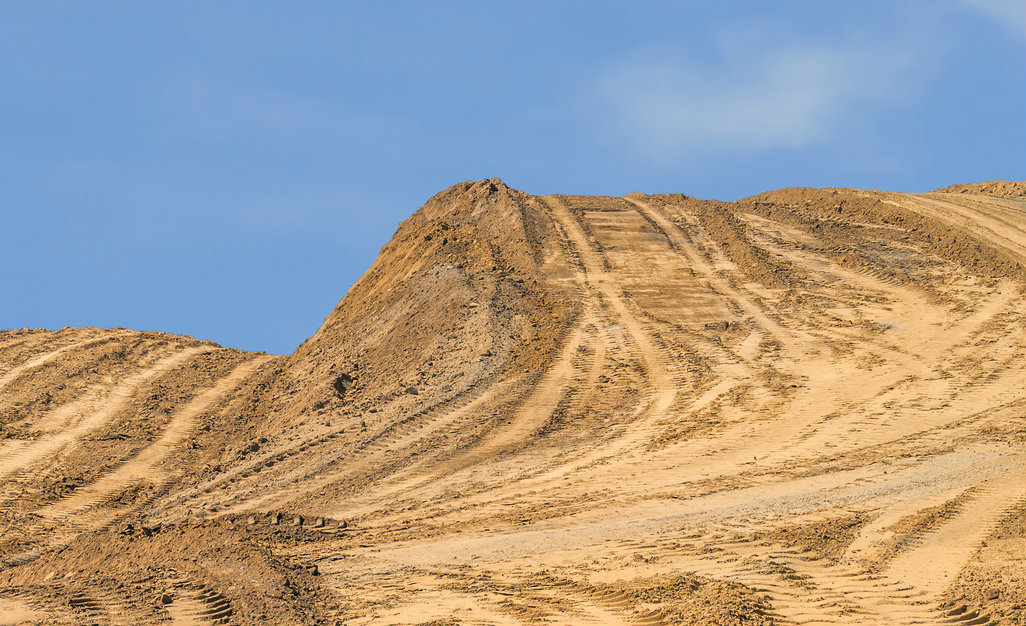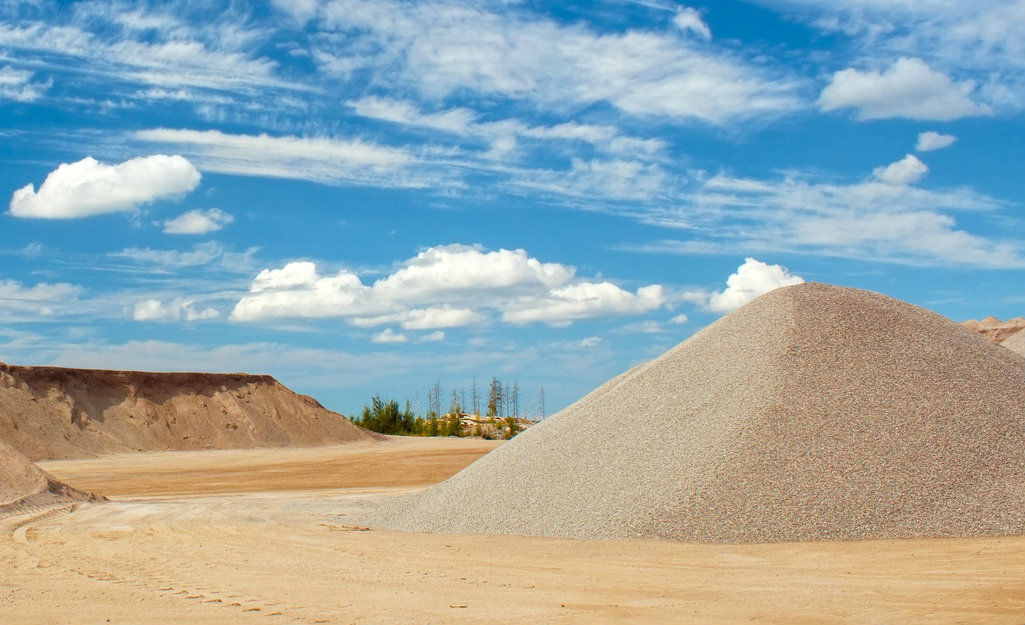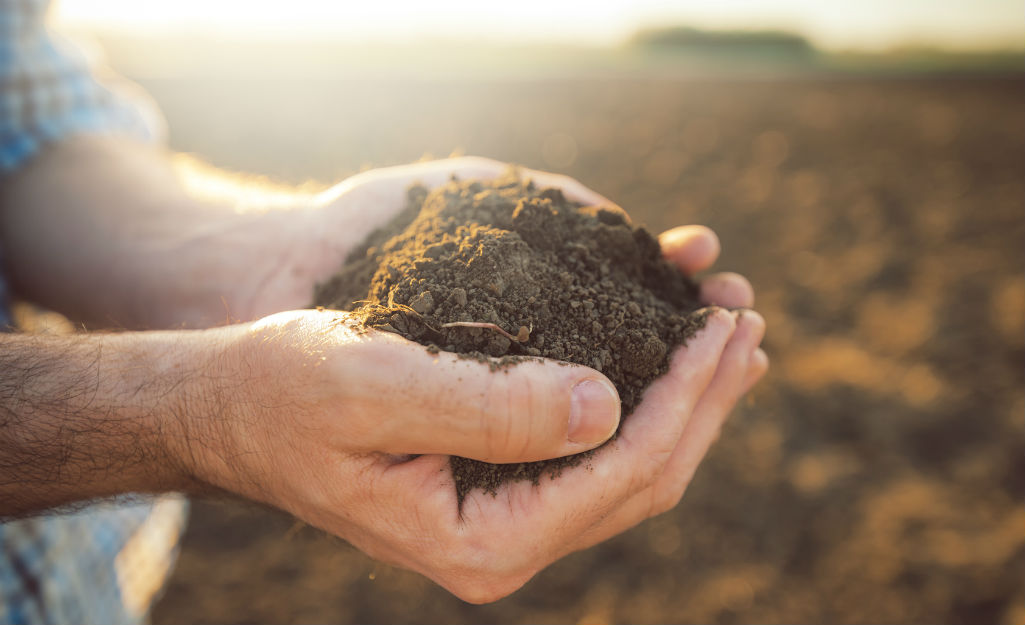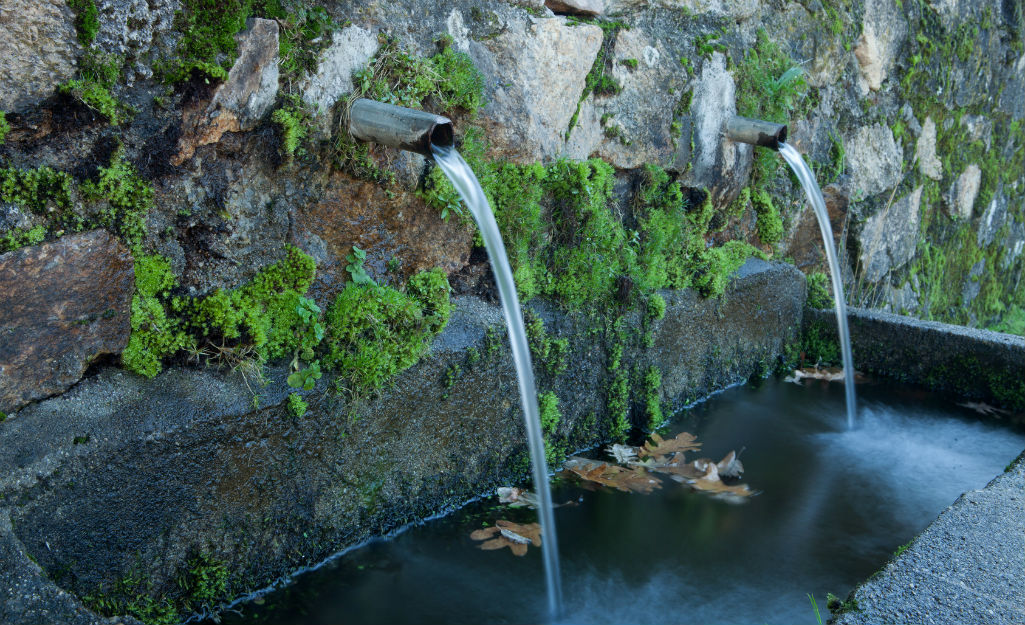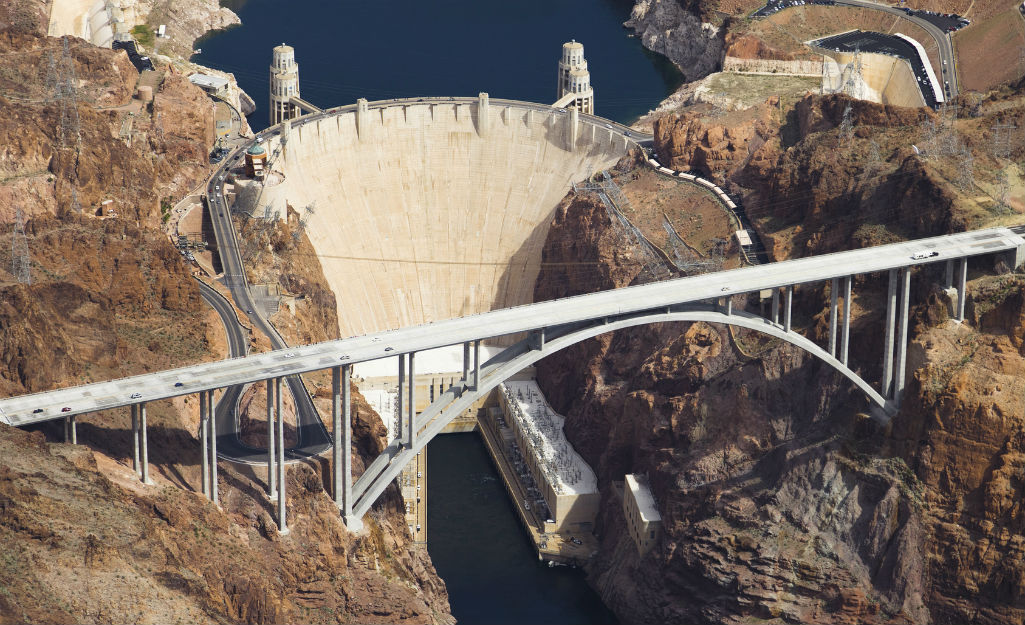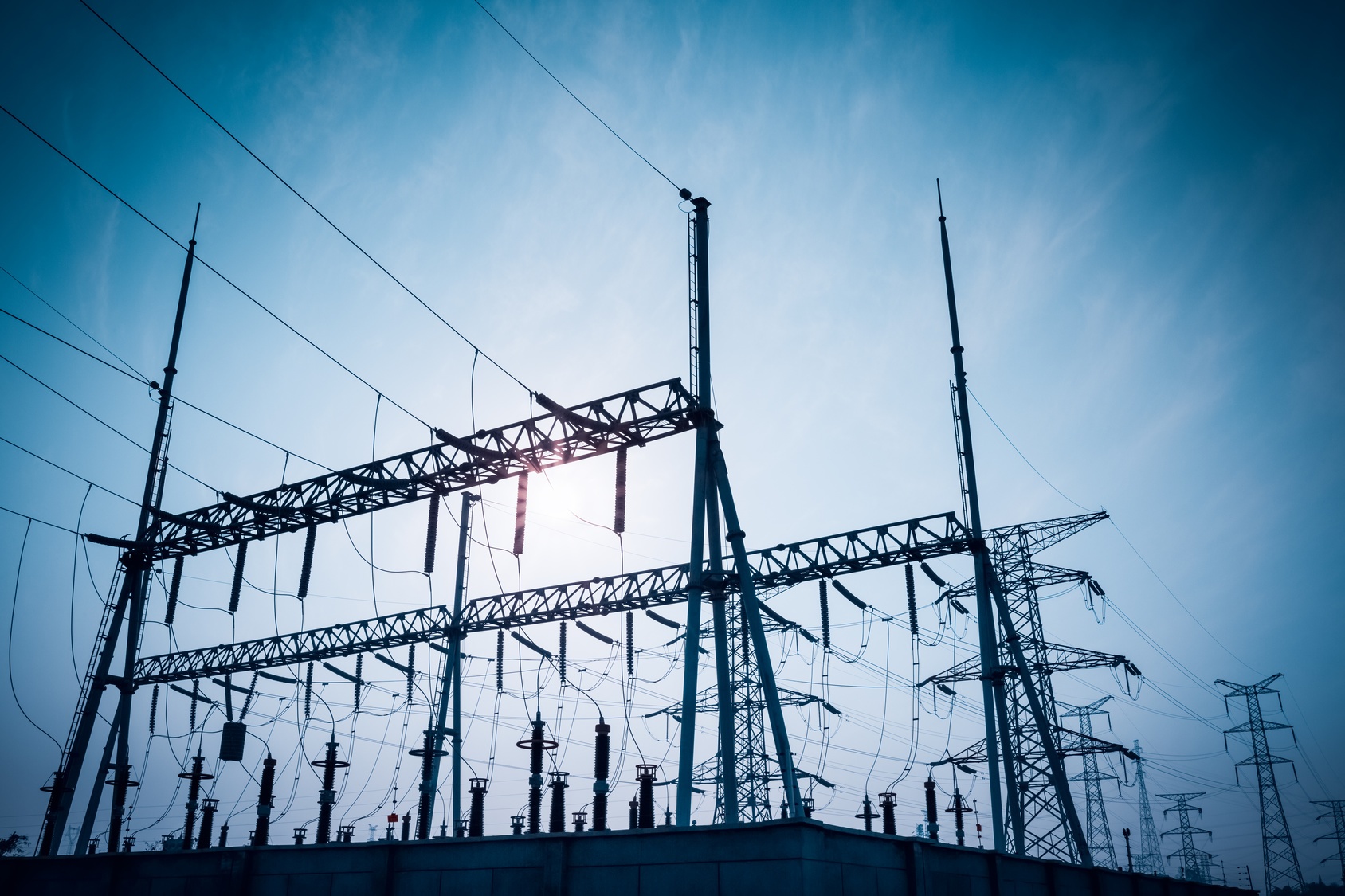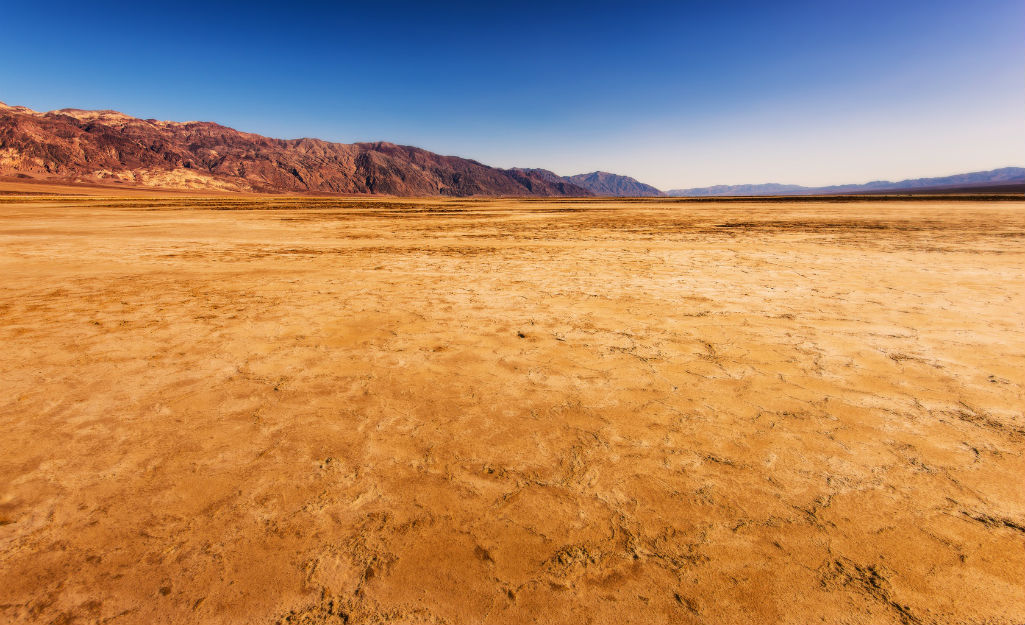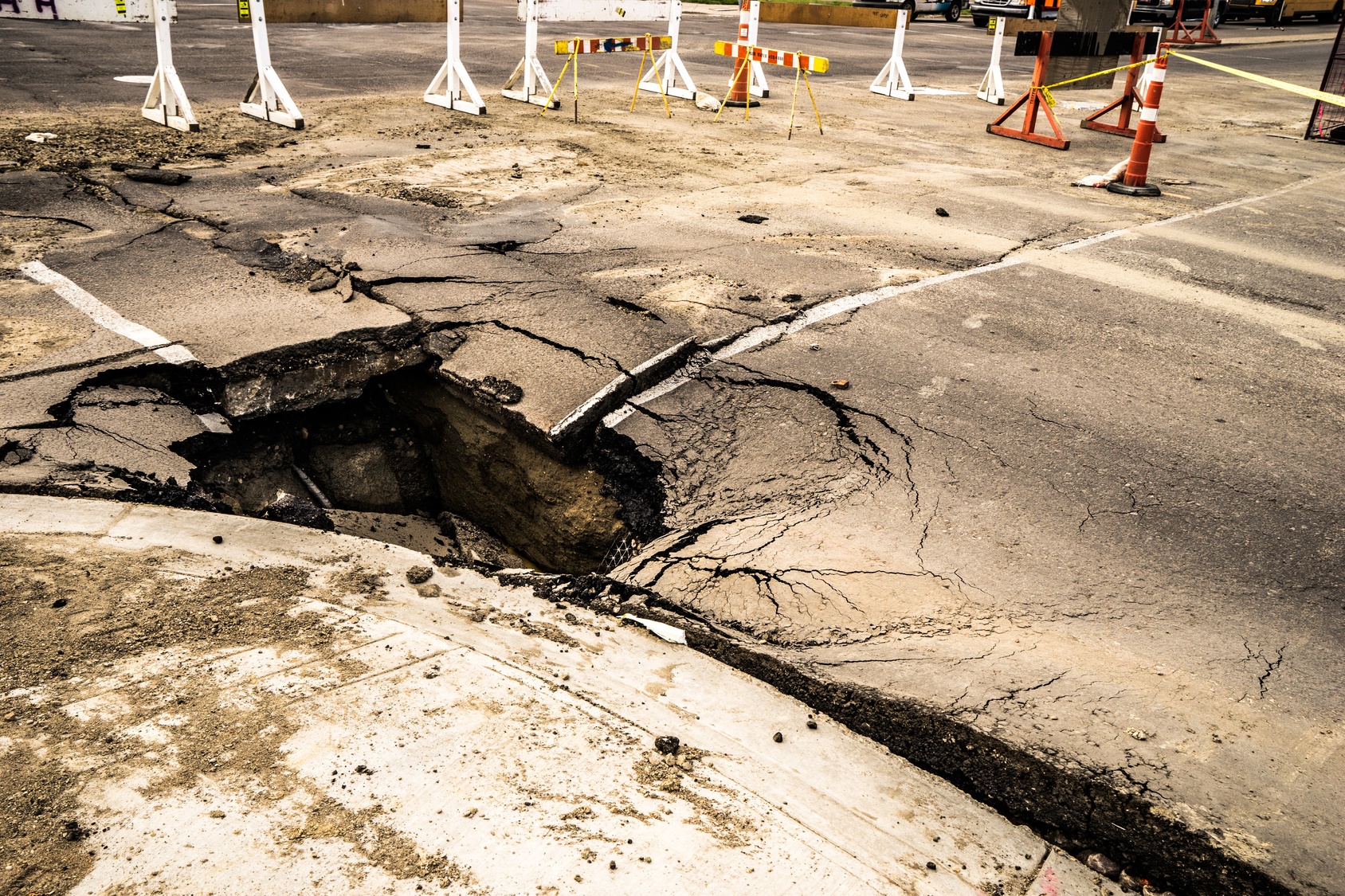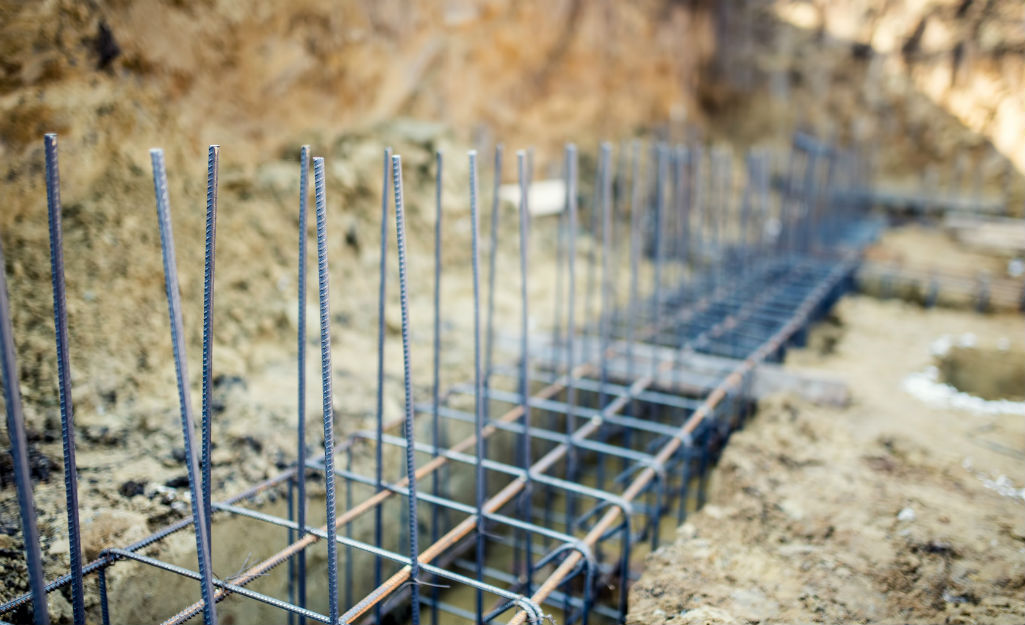Soil resistivity testing is performed for a variety of important applications, including:
In-Depth Descriptions Of 3 Soil Resistivity Testing Techniques
Determining Groundbed Location For Cathodic Protection: What You Need To Know
Cathodic protection is a method used to reduce steel oxidation through an electrochemical process. Cathodic protection is used to protect buried or submerged pipelines, bridges, and large steel structures from corrosion, breakdown, and rust when an electrolyte (like water with salt and minerals) is present.
The Exploration Of Aggregate Materials Using Geotechnical Techniques
Aggregate materials—like sand, gravel, crushed stone, slag, and recycled concrete—provide bulk and strength to concrete or asphalt. Large aggregate quarries and sand and gravel pits are located around most populated areas because of the high cost of transporting aggregate. (In fact, the cost of transportation from the mine to the consumer may even be higher than the actual cost of the aggregate.)
The ASTM G57 standard (also known as the four-pin Wenner method) is used to determine the properties of soil.
Behind The Scenes Of Groundwater Exploration With Electrical Resistivity
Early Methods Of Groundwater Exploration
To best understand how electrical resistivity surveys for groundwater exploration work today, it’s important to understand where resistivity testing began.
Marine Resistivity Surveys: Breaking Down The Benefits & Use Cases
Having an accurate image of the subsurface beneath a body of water is beneficial in myriad use cases, including:
An Overview Of The IEEE Standard 81 Fall-Of-Potential Grounding Test
The Institute of Electrical and Electronics Engineers (IEEE) Standard 81-2012 “Guide for Measuring Earth Resistivity, Ground Impedance, and Earth Surface Potentials of a Grounding System”, suggests the fall-of-potential grounding test to be used to evaluate the capacity of an electrical grounding system—it is often used by subcontractors to power engineers.
Land subsidence is the act of land moving downward, or subsiding. In many cases, land subsidence can signify the formation of a sinkhole, which you can read about in this article. Land subsidence could also signify the presence of an expansive clay.
The 7 Most Common Signs Of Sinkholes & How To Test For Them
Water in the atmosphere reacts with carbon dioxide and forms a weak carbonic acid. As the slightly acidic rainwater moves through fissures in the limestone, it begins to dissolve and widens the fissures—which eventually creates air or water filled pockets. When those pockets become expansive, they’re called “caves” or “voids.” This is a common natural phenomenon in limestone or dolomite known as karstification—but it can be dangerous, expensive, and life-threatening when the ceiling of a void weakens and caves in. This is known as a “sinkhole.”
At the most basic level, electrical resistivity (ER) (as used in geophysics) is the measurement of ground variations gathered by applying a small electric current across an array of electrodes.

